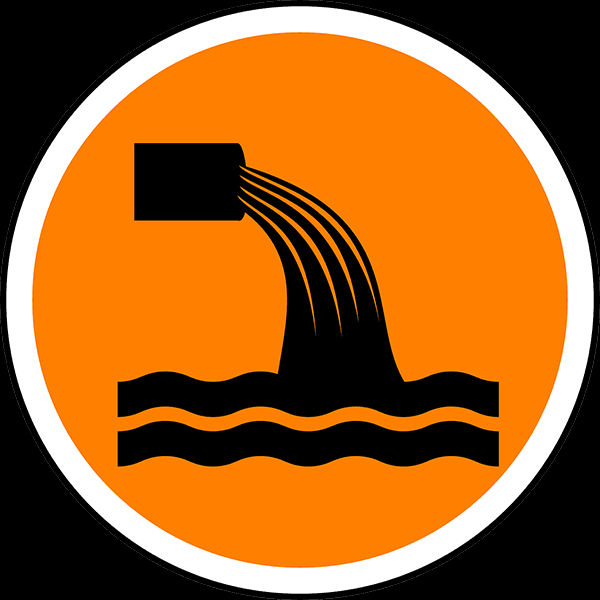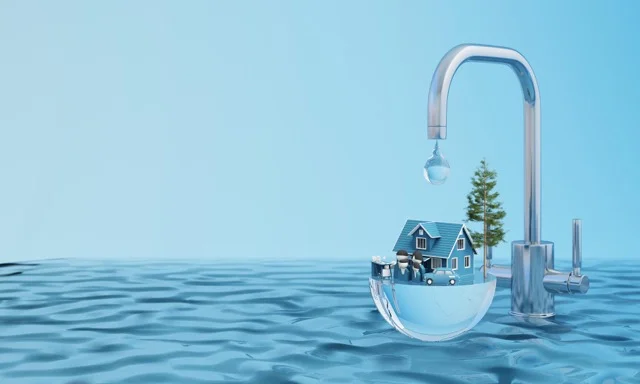The Greatest Guide To Reclaim Waste
Table of ContentsWhat Does Reclaim Waste Mean?Everything about Reclaim WasteThe Reclaim Waste IdeasThe Ultimate Guide To Reclaim Waste3 Easy Facts About Reclaim Waste Explained
Discover the kinds, occurrences, and kinds of liquid waste. Domestic sewage waste describes the waste and products from a domestic septic system. This kind of waste is created by people in houses, colleges, and other buildings. This only consists of septic containers that have a drain field. The appropriate monitoring and disposal of domestic sewer waste require fluid waste to be transferred to a sewer therapy plant where the proper approaches and equipment are related to purify and take care of waste.
Industrial waste often includes potential dangers, such as combustible products or a blend of fluid and strong waste products, and requires an advanced and in-depth disposal procedure. The disposal of commercial waste commonly includes the purification of waste before transportation to make certain risk-free and appropriate disposal. Hazardous waste is created from by-products and drainage of commercial processes and manufacturing.
This sort of waste can not make use of the same sewage administration transportation or processes as septic or industrial liquids. The hazardous waste management procedure needs the inspection and testing of fluid waste before it undergoes the disposal procedure (industrial wastewater treatment). Runoff waste is the liquid waste that originates from overflow and excess stormwater in highly inhabited areas or cities
Runoff waste can cause contamination and flooding if not taken care of properly. Discover more concerning sewage system cleansing and waste monitoring. Ensuring correct waste monitoring can protect against calamities and minimize environmental harm. Both people in residential settings and specialists in industrial or production industries can take advantage of recognizing the procedures and laws of liquid waste management.
Reclaim Waste Fundamentals Explained
Call PROS Solutions today to discover concerning our waste monitoring and disposal services and the proper ways to take care of the fluid waste you generate.
(https://www.kickstarter.com/profile/reclaimwaste1/about)This supposed 'wastewater' is not only a vital source but, after therapy, will be launched to our land, rivers or the sea. Utilized water from bathrooms, showers, baths, cooking area sinks, laundries and industrial procedures is known as wastewater.

water used to cool equipment or clean plant and devices). click this Stormwater, a form of wastewater, is overflow that moves from farming and metropolitan areas such as roofing systems, parks, yards, roadways, paths and rain gutters right into stormwater drains pipes, after rain. Stormwater streams untreated directly to neighborhood creeks or rivers, ultimately getting to the ocean.
Unknown Facts About Reclaim Waste
In Queensland, many wastewater is treated at sewage treatment plants. Wastewater is carried from residential or industrial websites with a system of sewers and pump terminals, known as sewerage reticulation, to a sewer treatment plant.
The Department of Natural Resources recommends regional governments regarding managing, operating and keeping sewerage systems and treatment plants. In unsewered locations, local federal governments might call for householders to install specific or family sewage treatment systems to deal with domestic wastewater from toilets, cooking areas, washrooms and washings. The Department of Natural Resources authorizes the usage of home systems when they are confirmed to be effective.
Most stormwater receives no therapy. In some new subdivisions, therapy of some stormwater to eliminate litter, sand and crushed rock has started utilizing gross pollutant traps. Wastewater treatment occurs in four stages: Gets rid of solid matter. Bigger solids, such as plastics and various other items wrongly released to sewers, are gotten rid of when wastewater is passed with displays.
Wastewater then streams right into large storage tanks where solids settle and are eliminated as sludge. Oil and scum are skimmed from the surface. Uses little living microorganisms understands as micro-organisms to break down and eliminate staying liquified wastes and fine bits. Micro-organisms and wastes are included in the sludge. Gets rid of nitrogen and phosphorus nutrients that could trigger algal blossoms in our rivers and endanger marine life.
Little Known Questions About Reclaim Waste.
Nutrient removal is not available at all sewage treatment plants since it needs costly specialised equipment. Clear fluid effluent produced after therapy might still consist of disease-causing micro-organisms - liquid waste removal melbourne.

This usually indicates wastewater has actually to be treated or impurities eliminated prior to it can be released to waterways. A lot of wastewater flows right into the sewage system. Under the Act, city governments administer authorizations and permits for eco pertinent activities (Periods) including wastewater releases that could have a local influence. The division administers authorizations and permits to ERAs entailing wastewater releases that might have a local or statewide impact.
Indicators on Reclaim Waste You Should Know
Surveillance offers accurate information regarding water high quality and can verify that permit conditions are being satisfied. The info gotten via monitoring offers the basis for making water high quality choices.